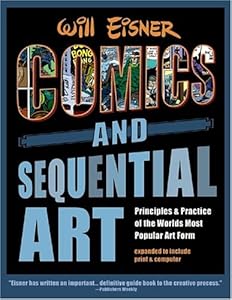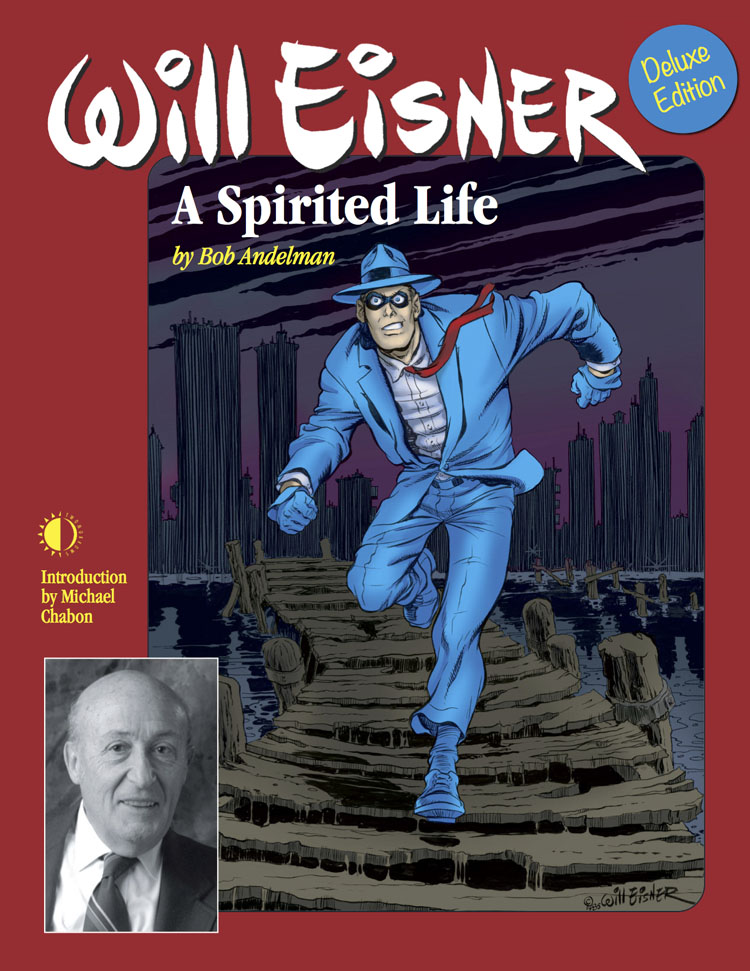 Cover of Comics & Sequential ArtTwitter • Facebook • LinkedIn
Cover of Comics & Sequential ArtTwitter • Facebook • LinkedIn
Called “Online Graphic Novel/Sequential Art Authoring Tools for Therapeutic Storytelling,” the military’s comics therapy program is being developed by the Defense Advanced Researches Projects Agency (DARPA) so that any armed services member can sit down with a computer and create a comic book based on their experiences in combat.
The goal is to create web-based software with a simple interface that assists in both storytelling and graphical content creation that can relate experiences either directly or metaphorically. While providing simple-to-use authoring tools, the results should have the look and feel of a professional product and provide the flexibility of telling a wide range of stories. For example, content creation could relate to modern combat, historical combat, science fiction, or fantasy. But, the authoring tools MUST allow the user to draw from a library of artwork, icons, and other templates to assist them in telling a story related to combat experiences. The software tools must assist the user at every opportunity to tell a story and the end result should be a professional looking narrative comparable to the best graphic novels/sequential art. The tool should also include pre-prepared examples of full-stories that can be used for inspiration and guidance. Innovation is key to this program and software must be designed to inspire, encourage, and guide users in the development of their own storylines and to guide them to additional resources if they are interested in exploring and/or obtaining personalized support and services.
DARPA’s description of its intentions references the work of Doonesbury cartoonist Garry Trudeau and the 1951 EC comic book series Frontline Combat and the 1966 series Blazing Combat (reprinted by Fantagraphics) as examples of how comics can demonstrate with sophistication the themes of war. Also cited as references for the program’s developers are Will Eisner’s Comics & Sequential Art: Principles and Practice of the World’s Most Popular Art Form and Scott McCloud’s Understanding Comics: The Invisible Art.
Related articles
- Defense Department to Use Comic Books as ‘Art Therapy’ (livescience.com)
- “Free Comic Book Day- May 7th” and related posts (mydallasmommy.com)
- Politician’s Mother Makes Him Apologize for Calling Neil Gaiman ‘Pencil-Necked Weasel’ – ComicsAlliance | Comic book culture, news, humor, commentary, and reviews (comicsalliance.com)
- ‘Thor: Bring the Thunder’ is 16-Bit Platforming Radness for the Modern Age – ComicsAlliance | Comic book culture, news, humor, commentary, and reviews (mmcelhaney-media.blogspot.com)

